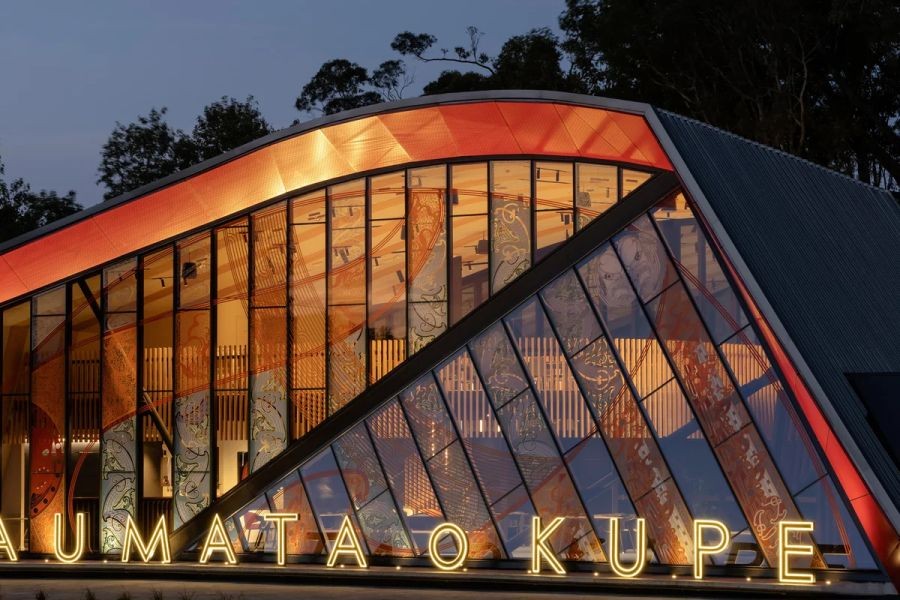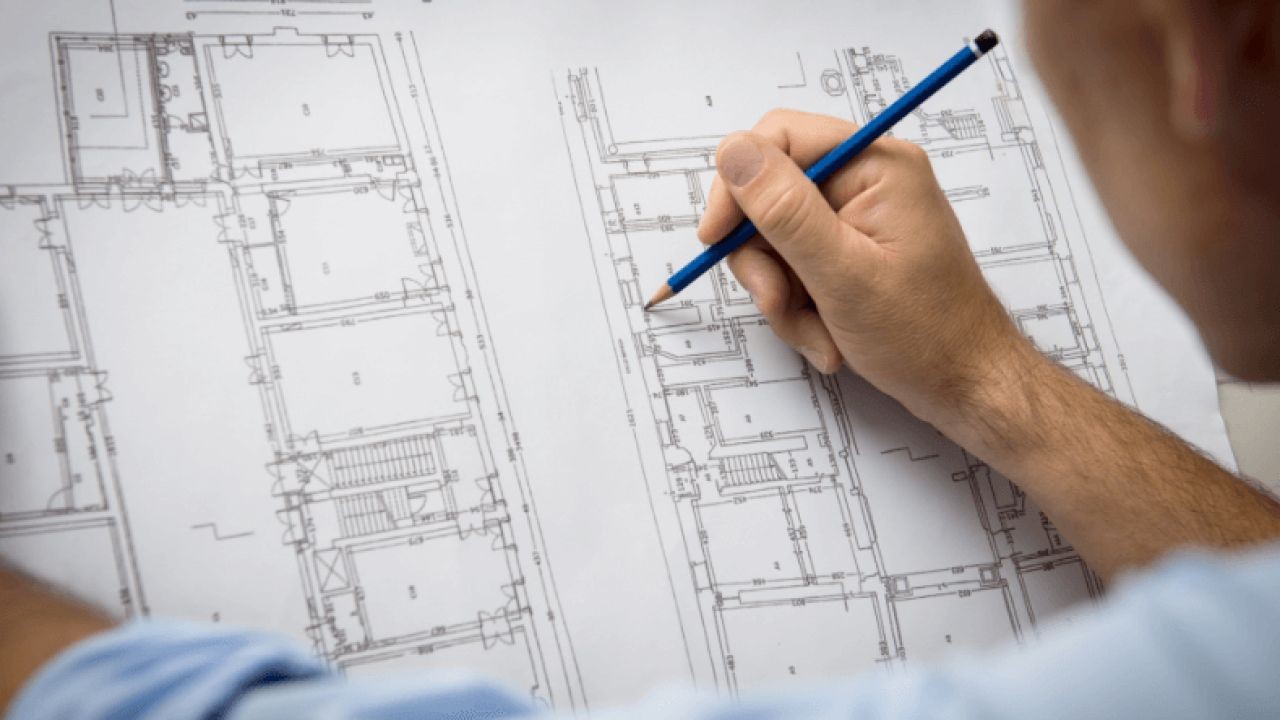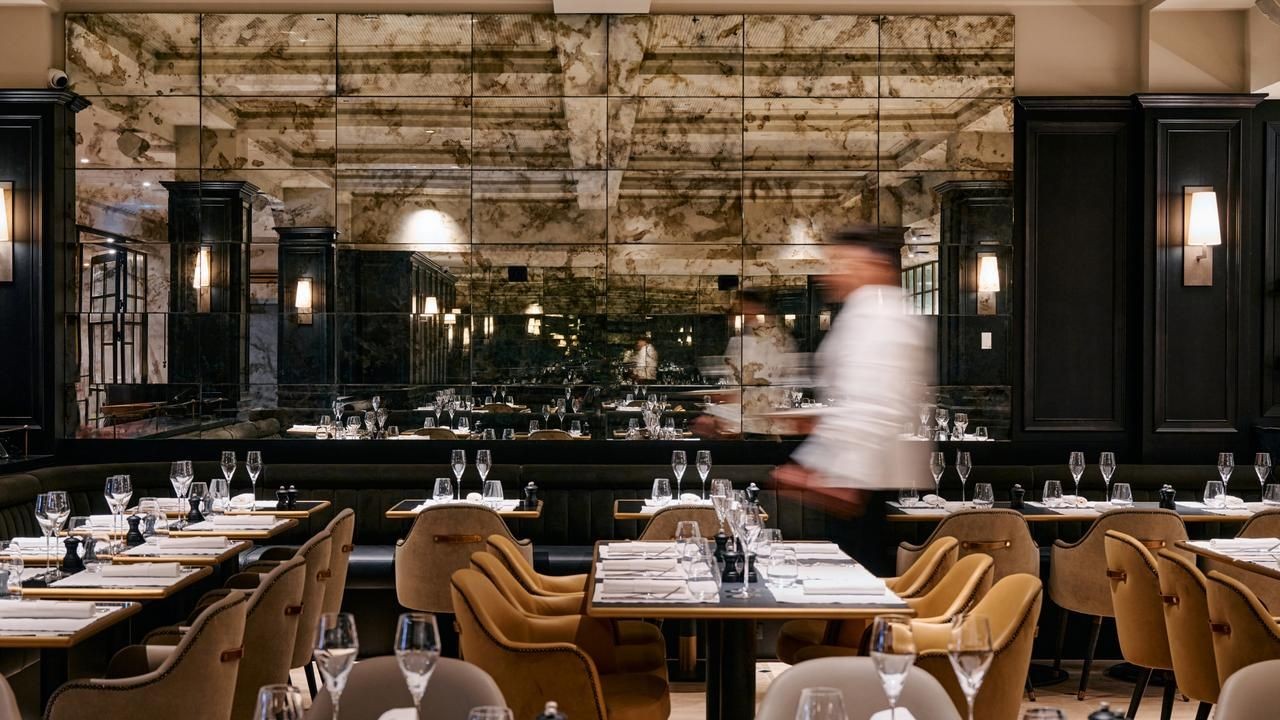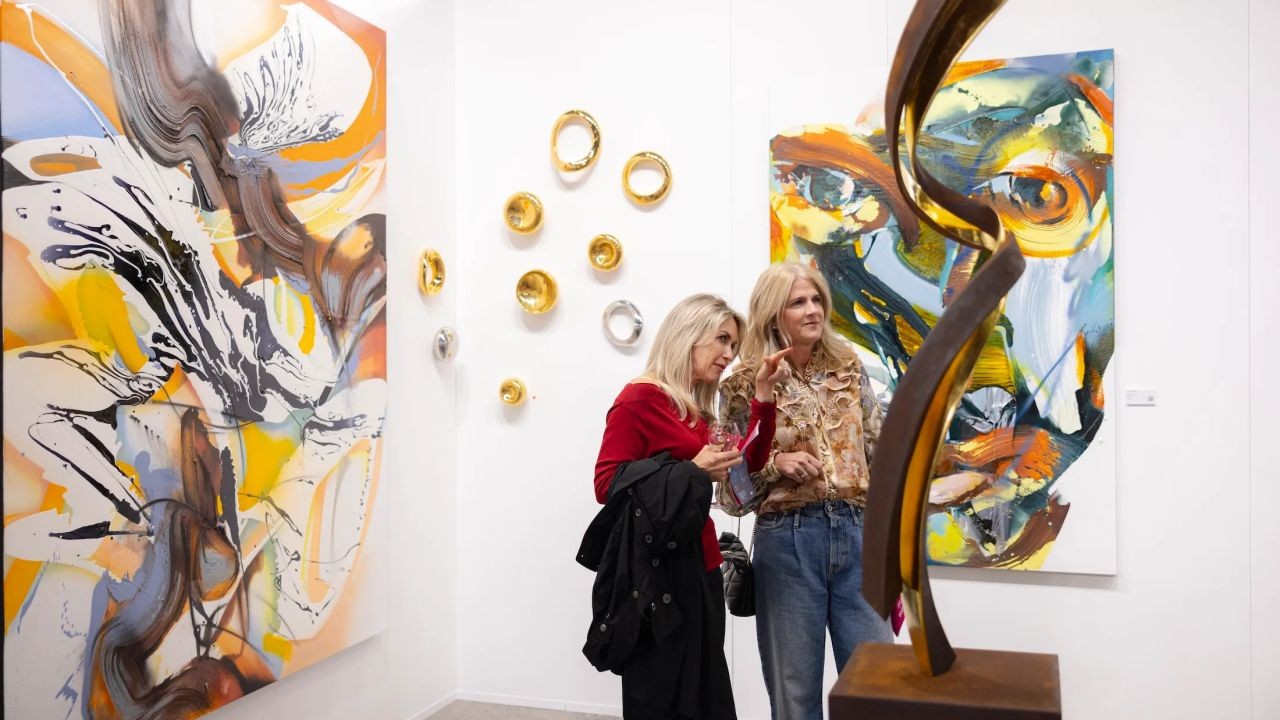New Zealand's rich cultural tapestry owes much to the profound influence of early Maori art and architecture. These indigenous elements not only shape the nation's identity but also hold significant implications for local businesses and industries. Understanding the early Maori contributions provides insights into cultural integration and innovation, offering a unique lens to view New Zealand's economy and its future potential.
The Cultural Significance of Maori Art and Architecture
The Maori, the indigenous people of New Zealand, have long been celebrated for their artistic expressions and architectural innovations. From the intricate carvings of wharenui (meeting houses) to the symbolic nature of koru patterns, Maori art embodies storytelling, spirituality, and community values. These cultural practices have influenced various sectors, including tourism and design, contributing significantly to the national economy.
According to Stats NZ, the cultural sector, heavily influenced by Maori art, contributes approximately $10 billion annually to the economy. This showcases the commercial potential inherent in preserving and promoting indigenous art forms.
Case Study: Te Puia - A Model of Cultural and Economic Synergy
Located in Rotorua, Te Puia serves as a prime example of how Maori art and architecture can drive economic success. This cultural center and geothermal valley attract thousands of visitors each year, providing immersive experiences in Maori culture.
Problem: Te Puia faced the challenge of balancing cultural authenticity with commercial viability.
Action: The management invested in authentic Maori art displays and interactive workshops highlighting traditional carving and weaving techniques. Collaborations with local Maori artists ensured cultural accuracy and engagement.
Result: Te Puia saw a 30% increase in visitor numbers within a year, boosting local tourism revenue by $5 million. The center's success underscores the economic benefits of integrating traditional Maori art into contemporary business models.
Takeaway: Leveraging indigenous cultural assets can enhance business appeal and profitability. New Zealand businesses can incorporate these elements to create unique value propositions.
Economic Impact and Industry Insights
Maori art and architecture extend beyond cultural preservation; they offer strategic advantages to various industries. For example, the construction sector increasingly adopts Maori design principles, leading to sustainable and aesthetically pleasing structures.
New Zealand's Building and Construction Productivity Taskforce emphasizes the importance of incorporating traditional Maori designs to enhance the sustainability of new developments. Such practices not only respect cultural heritage but also align with modern sustainability goals, positioning businesses as responsible and innovative.
Case Study: Wharewaka o Poneke - Fostering Community and Business Growth
Wharewaka o Poneke in Wellington is an architectural marvel that blends Maori design with functionality, serving as a community hub and event venue.
Problem: The facility needed to attract diverse events while honoring Maori culture.
Action: The design incorporated Maori architectural elements such as wharenui motifs and sustainable materials. Marketing strategies highlighted the venue's cultural significance and modern facilities.
Result: Wharewaka o Poneke achieved a 50% increase in bookings for corporate events and cultural ceremonies. This success demonstrates the commercial viability of culturally integrated architecture.
Takeaway: Businesses can achieve economic growth by embedding cultural elements into their offerings, appealing to both local and international markets.
Pros and Cons of Integrating Maori Art in Business
Integrating Maori art and architecture into business strategies presents both opportunities and challenges.
Pros:
- Enhanced Brand Identity: Incorporating Maori elements can create a distinctive brand image, resonating with local and global audiences.
- Increased Cultural Awareness: Businesses can contribute to cultural education and appreciation, strengthening community ties.
- Market Differentiation: Unique cultural offerings can set businesses apart in competitive markets.
Cons:
- Cultural Sensitivity: Misappropriation or insensitivity can lead to backlash and damage reputations.
- Cost Implications: Authentic integration may require significant investment in materials and expertise.
Debunking Myths About Maori Art and Architecture
Several misconceptions surround the integration of Maori art and architecture in business:
Myth 1: "Maori art is only relevant to cultural sectors." Reality: Maori art influences diverse industries, including fashion, construction, and education, offering broad applications and economic benefits. Myth 2: "Authentic Maori art is too expensive for businesses." Reality: While initial costs may be high, the long-term returns in brand value and customer engagement often outweigh the expenses. Myth 3: "Maori architectural designs are not practical for modern buildings." Reality: Many modern structures successfully incorporate Maori elements, enhancing both aesthetics and environmental sustainability.
Understanding these realities allows businesses to make informed decisions about integrating cultural elements into their operations.
Future Trends and Predictions
Looking ahead, the influence of Maori art and architecture is set to expand further. By 2026, policy updates in New Zealand's construction industry are expected to encourage more sustainable building practices, integrating traditional Maori designs. This trend will create new opportunities for businesses to innovate and differentiate themselves in the market.
Moreover, as global interest in cultural tourism rises, New Zealand's unique cultural offerings will likely see increased demand. Businesses that embrace Maori art and architecture stand to benefit from enhanced competitiveness and cultural resonance.
Conclusion
The integration of Maori art and architecture in New Zealand's business landscape offers a rich tapestry of opportunities. By embracing these cultural elements, businesses can achieve greater economic success while contributing to cultural preservation and community development.
Final Takeaway: As a local business owner, consider how incorporating Maori art and architecture can enhance your brand and offer unique value to your customers. Engage with local Maori communities and artists to ensure authenticity and cultural sensitivity.
What’s your next move? How will you integrate these cultural insights into your business strategy? Share your thoughts below!
Related Search Queries
- Impact of Maori culture on New Zealand economy
- Maori art influence in modern architecture
- Sustainable building practices in New Zealand
- Cultural tourism trends in New Zealand
- Integrating indigenous art in business






























